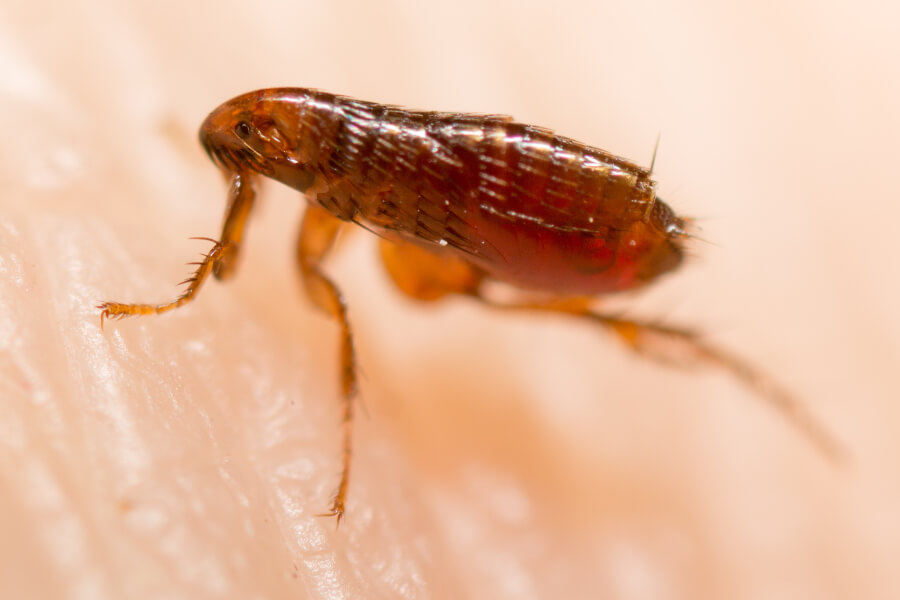Like a helpful friend, we want to share these tips with you for termite protection. A few simple fixes could save you thousands of dollars.”Hey, Jess!” she said with glee. Tori hadn’t seen her best friend in a week. She was excited to catch up. “Thanks for coming over. Ready to go for a walk? Or do you need any water or anything?”
“Nah, I’m good,” Jess replied. “Already got a water bottle. Let’s jet.”
“Ok,” Tori said with a smile. “Let’s go out the back door. The street behind my house is less busy than the one in front. You know me. I can’t even walk in a straight line. Don’t want to run into any cars.”
Tori dug for the house key in her pocket. Jess–in the market for new lawn furniture and always imagining ways to upgrade her own back yard–scoped out Tori’s brand new in-ground pool and fire pit. As she was gazing around the yard, she noticed a pile of firewood.
“Hey, Tor. You shouldn’t store that firewood on your back porch.”
“Why not?” Tori replied, still fumbling around with her house key.
“Termites.”
“Huh? What?”
“Storing firewood near your home is an open invitation to termites,” Jess explained. “So are those leaves in your leaky gutters.”
“I never knew that!” Tori exclaimed. “I wish someone would’ve told me.”
As your helpful friends–who happen to know more than a little about termites–we’re here to tell you a few things that you may not know about termite prevention. Please look at these tips on how to set up a line of defense. Special thanks to Termidor for the list.
- Don’t attach wooden trellises to exterior walls
- Keep wood debris, scrap lumber, sawdust and firewood away from your home
- Don’t bury wood near your home
- Remove infested trees and stumps
- Repair leaking faucets and water lines, both inside and outside
- Fix leaky roofs and gutters
- Don’t allow leaves to accumulate in gutters or drains
- Grade soil (meaning, make a natural downhill path) so that water–including condensation from your air conditioner–runs away from the foundation of your home
- Cover at least 90% of the soil in crawl spaces with plastic sheeting
- Keep wood siding, stucco, and form board at least six inches away from the ground or mulch landscaping
Subterranean termites are particularly evil. They are evil to the tune of $5 billion dollars of damage every year, actually. Many homeowners think their homes are safe because they don’t see any termite damage. However, for peace of mind and for protection, it’s best to call a professional to get an inspection. The Bug Man offers a free termite inspection and a customized termite treatment plan.
For more homeowner tips, read our blog on pest prevention for your home.






